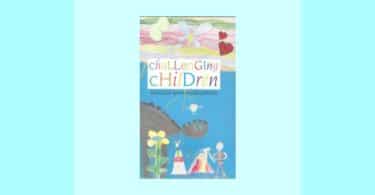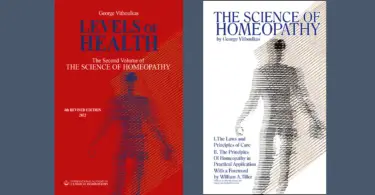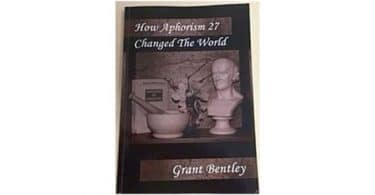Author: Alan Schmukler
Publisher: Llewellyn, 351 pages
Reviewed By: Elaine Lewis
————————————
Homeopathy remains relatively obscure in the United States, a fact bemoaned by the author in his introduction. “Millions of people are suffering needlessly because they don’t know about homeopathy, don’t believe in it, or because it isn’t covered by their health insurance,” he says.
To remedy this problem, he has produced a massive reference work for the lay person. He assures us that anyone can learn to use the remedies, as did his mother, who is 88 yrs old. He states, “It doesn’t require medical training or a brilliant mind and you don’t need perfect knowledge for good results.”
Written plainly, without medical jargon, it covers acute ailments ranging from the common cold and arthritis pain to Anthrax, Ebola and the plague. Each condition is described in plain English, followed by a choice of remedies with their symptom pictures. There are sufficient choices to make for accurate prescribing. Under “insomnia”, for example, there are fourteen remedies listed.
The book covers the important concepts of energy medicine: potentization, minimum dose, provings, modalities, dosage, potency and case taking.
There is a chapter on pregnancy and childbirth which spans topics from morning sickness to postpartum hemorrhage.
The section on “Preventing Illness with Homeopathy” gives many examples of how the correct homeopathic remedy can protect you from an infectious disease that may be in your area or headed your way. Quoting from page 313, “Dr. Hahnemann [the founder of homeopathy] used [the homeopathic remedy] Belladonna to prevent Scarlet Fever during an epidemic. It worked so well that conventional doctors began using it. Dr. R.E. Dudgeon reported that 10 doctors used Belladonna on 1,646 children. Only 123 got the disease, yet the usual infection rate was up to 90%. In 1838, the Prussian government made the use of Belladonna obligatory during epidemics.”
The book contains a variety of topics not found in any other single reference work. It begins with the basics of homeopathy, including the latest theory about how it works; it answers the question, “Why Turn to Homeopathy” with reasons not usually mentioned (e.g., you can prescribe without a diagnosis, you heal faster, the remedies are effective against viruses, the remedies remove toxins, and so on).
Included also are the rarely mentioned topics of “How to Make Remedies Last Forever” and “Making Remedies From Scratch”. The author addresses the problem of what to do when you don’t know the name of the ailment. A chapter on how to use a repertory is presented for anyone who wants to further their studies. Chapter Four discusses organ remedies (heart, lung, kidney, liver), which offers more prescribing options. Chapter eight lists remedies for occupations and activities ranging from “Activist” (treating tear gas exposure and head injuries) to “Typists” (Carpal tunnel) and Welders (burns, electric shock, breathing in hot air, etc.).
The section, “Homeopathy Around the World” is full of little known facts that are guaranteed to turn any skeptic around. When you learn there are homeopathic hospitals and clinics in England, France, Scotland, Russia, Germany and India, how can you discount it? In “A Brief History of Homeopathy in the U.S.”, the author explains how this great healing art was undermined in the United States.
There is a comprehensive “Resources” section which will help you find remedies, books, journals and pharmacy supplies. It lists homeopathic hospitals in nine countries and homeopathic organizations in twenty one countries (with current telephone numbers) so you can find a homeopath when traveling.
In closing, there was recently a cry for help on the hpathy.com discussion board. A person wrote in saying a friend’s baby was dying rapidly of gangrene because of an injury and asked what remedy would be appropriate. I looked it up in the repertory and got a list of remedies with, of course, no explanation; not very helpful. Before we knew it, the baby had died. A day later I happened to say to myself, “I wonder if ‘gangrene’ is in Alan’s book?” Sure enough, it’s there!




where can I find this book by Alan in India?
The book is available with Bjain publishers.